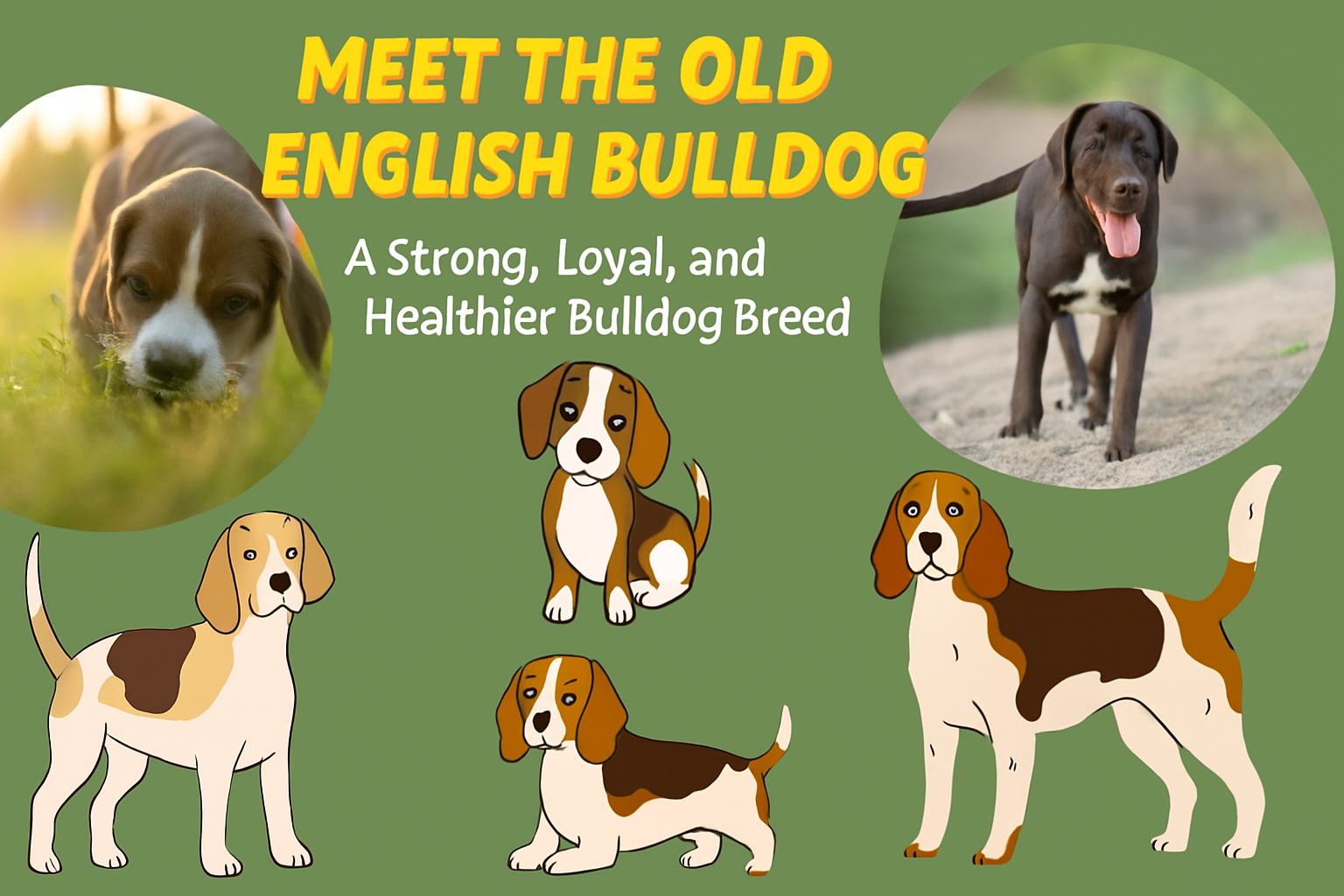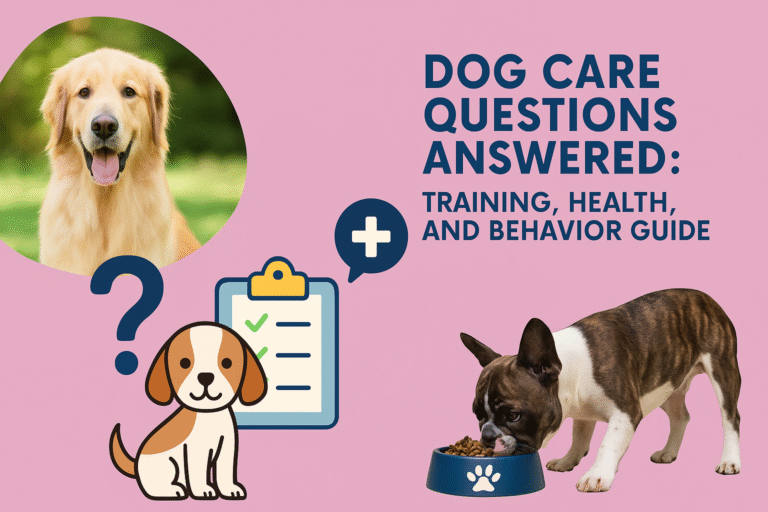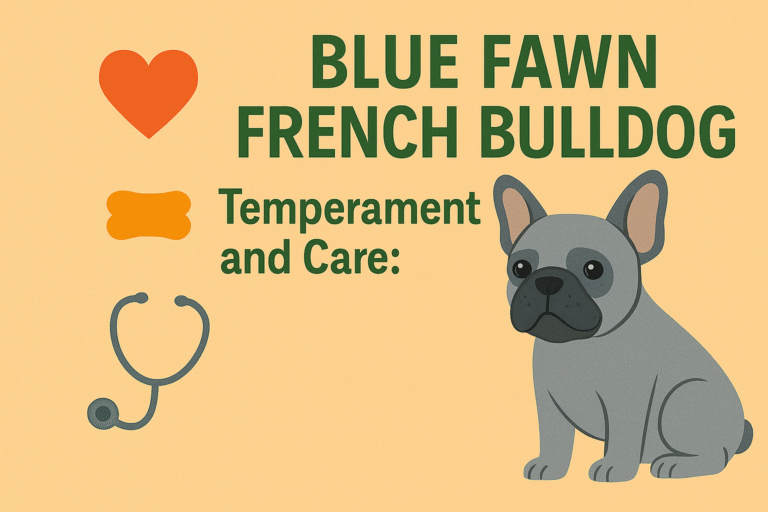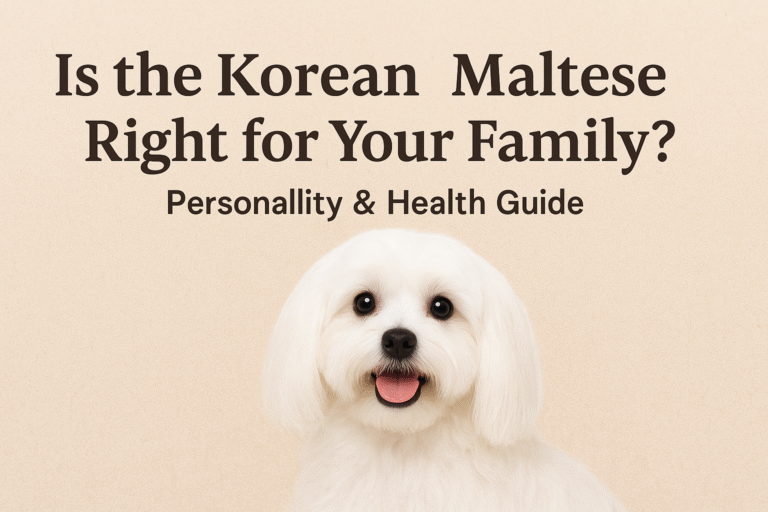Meet the Old English Bulldog: A Strong, Loyal, and Healthier Bulldog Breed
The Old English Bulldog, also known as the Olde English Bulldogge, is a strong, friendly, and deeply affectionate breed. Crossed to restore the original 18th-century bulldog—with fewer diseases and leaner build—this breed brings out the better aspects of the old bulldog with the added dimensions of health and balance.
More agile than English Bulldogs today and far, far stronger, this breed is becoming increasingly popular as the ultimate union of strength and sensitivity.
1. Origins and Purpose
The Old English Bulldog was developed prudently to resemble the old working bulldogs that herded cows and went bull baiting. As opposed to the modern-day English Bulldog, whose appearance and health have been compromised by over features, the Old English Bulldog was developed for health, fitness, and stable temperament.
This new breed combines the English Bulldogs, American Bulldogs, Bullmastiffs, and other breeds to achieve a muscular but agile dog who can breathe with ease, walk with ease, and live longer and healthier.
2. Physical Characteristics: Size, Strength, and Appearance

Athletic Build and Proportionate Frame
Medium to large in size, Old English Bulldogs are typically 16 to 20 inches tall and between 60 and 85 pounds. They are well-muscled but not heavy, allowing them to be powerful without being clumsy.
Distinctive Look
- Broad chest and sturdy shoulders
- Short, stocky legs and wide stance
- Boxy, square head with a clean jaw
- Longer, wider nose to improve breathing
Their appearance is impressive—tough but friendly.
3. Temperament and Personality
Loyal and Protective
They are loyal to their core. They bond very well with their families and are also known to be brave protectors without being highly aggressive.
Gentle with Family
Even though they possess a muscular physique and serious face, Old English Bulldogs are loving, friendly, and even goofy within the premises of their homes. They are gentle and calm with kids, and when properly socialized, they do very well in family settings.
Confident but Not Stubborn
They are brave, generally watchful and sensitive to their surroundings, but tend not to display dominance unless provoked. Their even temperament makes them easier to train than most other bulldog-type breeds.
4. Health and Lifespan
One of the most gratifying things about the Old English Bulldog is that they have a healthier record compared to their brachycephalic relatives.
Common Health Issues Are Less Severe
Due to selective breeding, these dogs are less susceptible to health problems. Still, there are some potential risks:
- Hip and elbow dysplasia
- Bloat (gastric torsion)
- Skin irritations
- Cherry eye or entropion (eye issues)
- Allergies and food intolerance
Improved Breathing
Their long muzzle and open nostrils greatly reduce the risk of breathing difficulties and heat stroke, common in most bulldog types.
Lifespan
Old English Bulldogs typically live between 11 and 14 years, which is notably longer than the average lifespan of an English Bulldog. Healthy diet, regular workout, and regular preventive care from vets contribute immensely to their long lifespan.
5. Exercise and Activity Needs

Moderate Energy Level
They enjoy exercise but can get by on daily walks and bursts of playtime, yet they are not hyperactive. 45 to 60 minutes of everyday moderate exercise will keep them healthy and mentally contented.
Top Activities
- Tug-of-war
- Obedience training
- Fetch or relaxed hikes
- Puzzle toys and brain games
Since they can overheat in warm weather, avoid strenuous activity during hot days.
6. Grooming and Maintenance
Low Grooming Needs
With their short, smooth coats, Old English Bulldogs are a low-maintenance grooming breed. Brush once a week to shed dead hair and distribute natural oils.
Bathing
Bathe sparingly—usually every 1–2 months or when dirty. Bathe with a gentle dog shampoo to prevent irritating skin.
Other Grooming Needs
- Skin folds: Less than English Bulldogs, but still need occasional cleaning.
- Nails: Trim nails every 2–3 weeks.
- Teeth: Brush 2–3 times a week.
- Ears: Check weekly for infection or wax.
7. Training and Behavior
Eager to Please
Old English Bulldogs are highly responsive to positive reinforcement and are naturally motivated to please their owners. Compliments, treats, and quality time are always appreciated. Abrasive training is not necessary—and unnecessary.
Early Socialization is Important
To raise a confident and well-balanced dog, begin socializing your puppy early with different people, environments, and animals. With the right approach, fear-based shyness or reactivity can gradually improve.
Crate and House Training
Crate training works, and housebreaking tends to occur with consistency and routine.
8. Good Owners and Homes
Great for Families
They’re good with children, affectionate, and protective. They like their family nearby and being alone for too long is not their preference.
Flexible Living Arrangements
While they prefer yards, they can be great for apartments when daily exercise and mental stimulation are offered.
FAQ: Old English Bulldog
Q1: How does the Old English Bulldog differ from the English Bulldog?
The Old English Bulldog is more agile, has fewer health problems, and a longer muzzle for improved respiration. English Bulldogs are shorter with more wrinkles but tend to face more health problems.
Q2: Are they aggressive?
No. They are guarding dogs and not aggressive. Proper training and socialization make them calm and stable.
Q3: Do they slobber a lot?
They do drool sometimes—after food or liquids—but not excessively.
Q4: Can they live in hot climates?
Yes, but always provide them with shade and water. Their improved breathing helps, but they still need to avoid heat exhaustion.
Q5: Are they kid-friendly?
Yes. They are friendly and kind to children, as long as they have been socialized within a home.
Q6: How often do they need to see a vet?
As with any breed, annual check-ins with the vet, plus vaccinations, dental exams, and health testing as adults.







